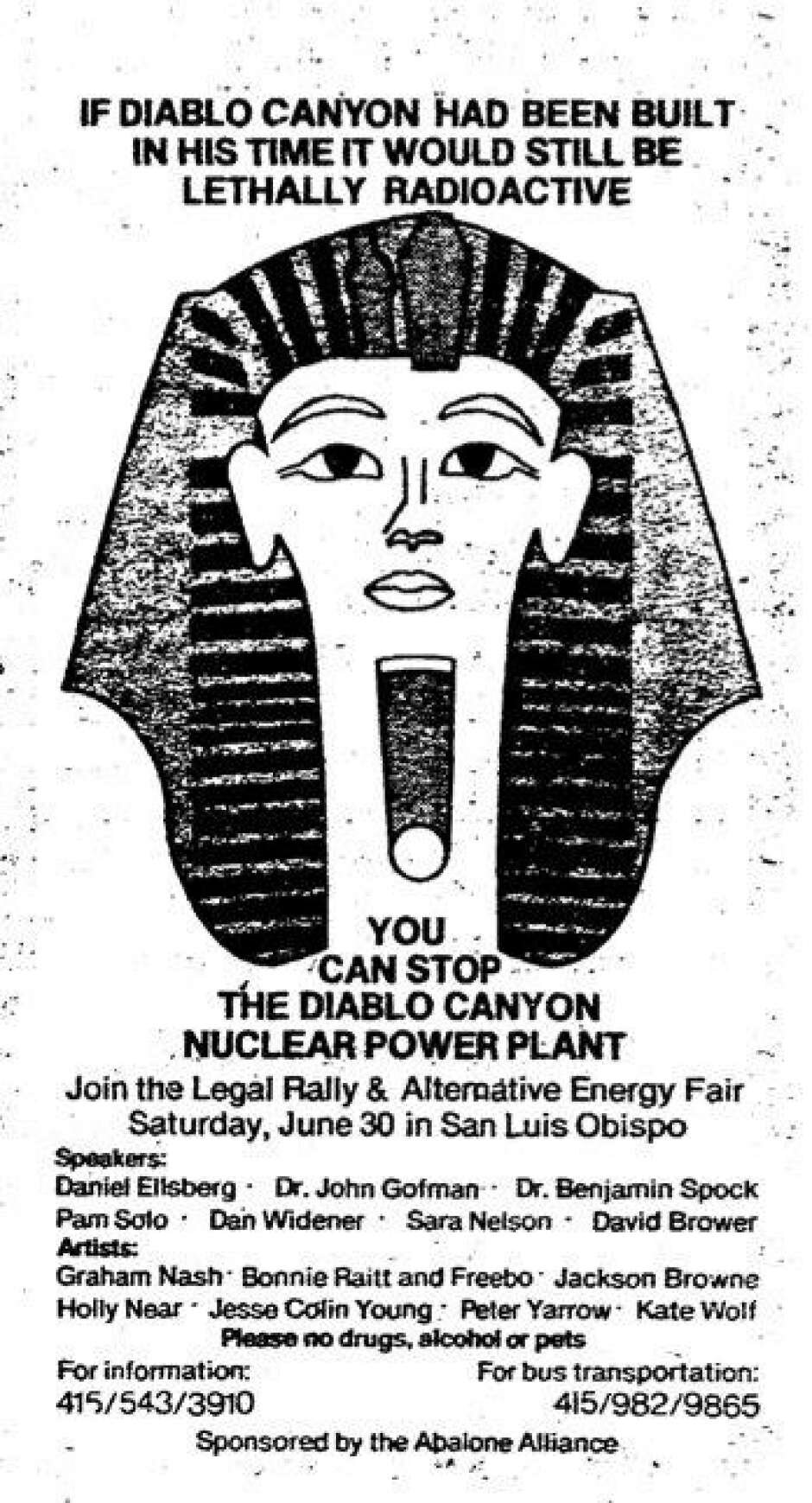California: A Climate Emergency Fraught with Nuclear Utility Mismanagement
/By Arnie Gundersen
I began the pursuit of my two nuclear engineering degrees in 1967 as a freshman at Rensselaer Polytechnic Institute (RPI) in Troy, NY. That same year the Beatles released “Sgt. Pepper’s Lonely Hearts Club Band” album and the New York musical Hair opened on Broadway with the hit song “Age of Aquarius”.
Unfortunately, 1967 was not the Dawning of the Age of Aquarius for many of us growing up in America during that time. The Vietnam war was raging, the civil rights act and the voting rights act had passed, and the country was in turmoil over war, voting rights, racial inequality, and feminism. And, in California, against a strong environmental movement, construction began on Pacific Gas and Electric’s (PG&E’s) two large atomic reactors located at Diablo Canyon in California.
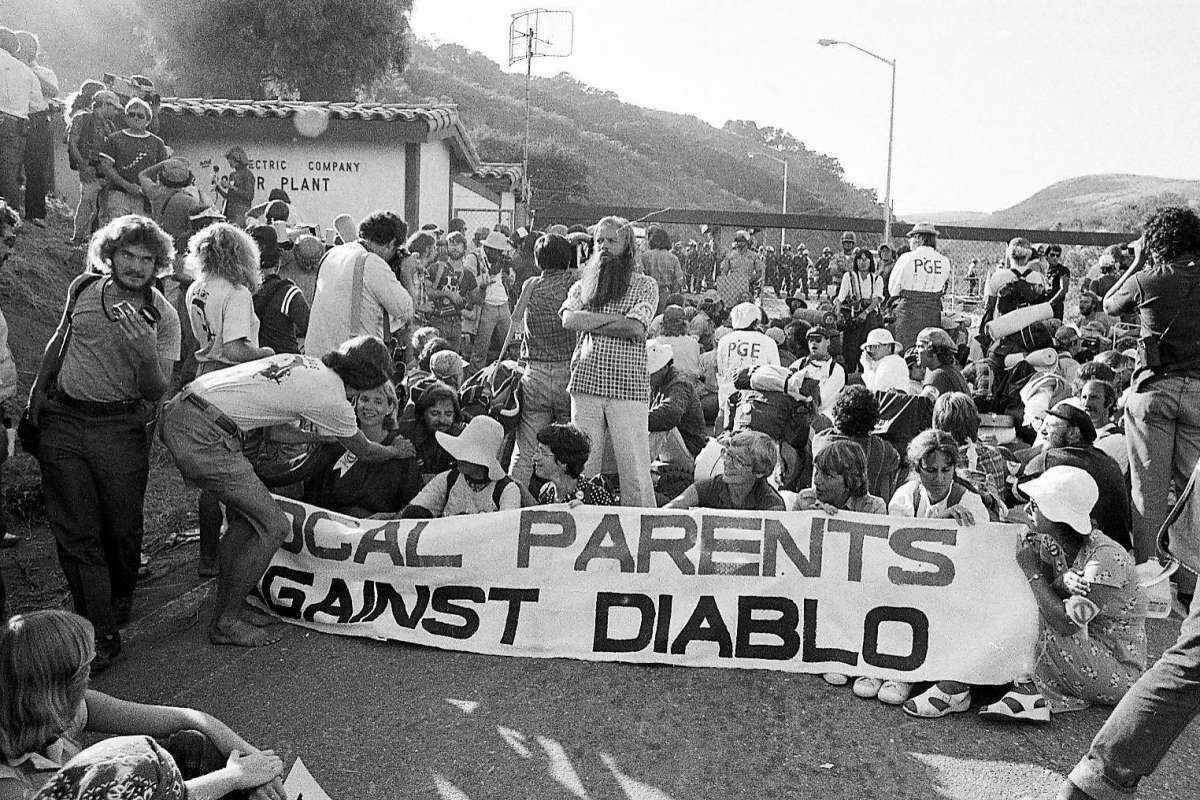

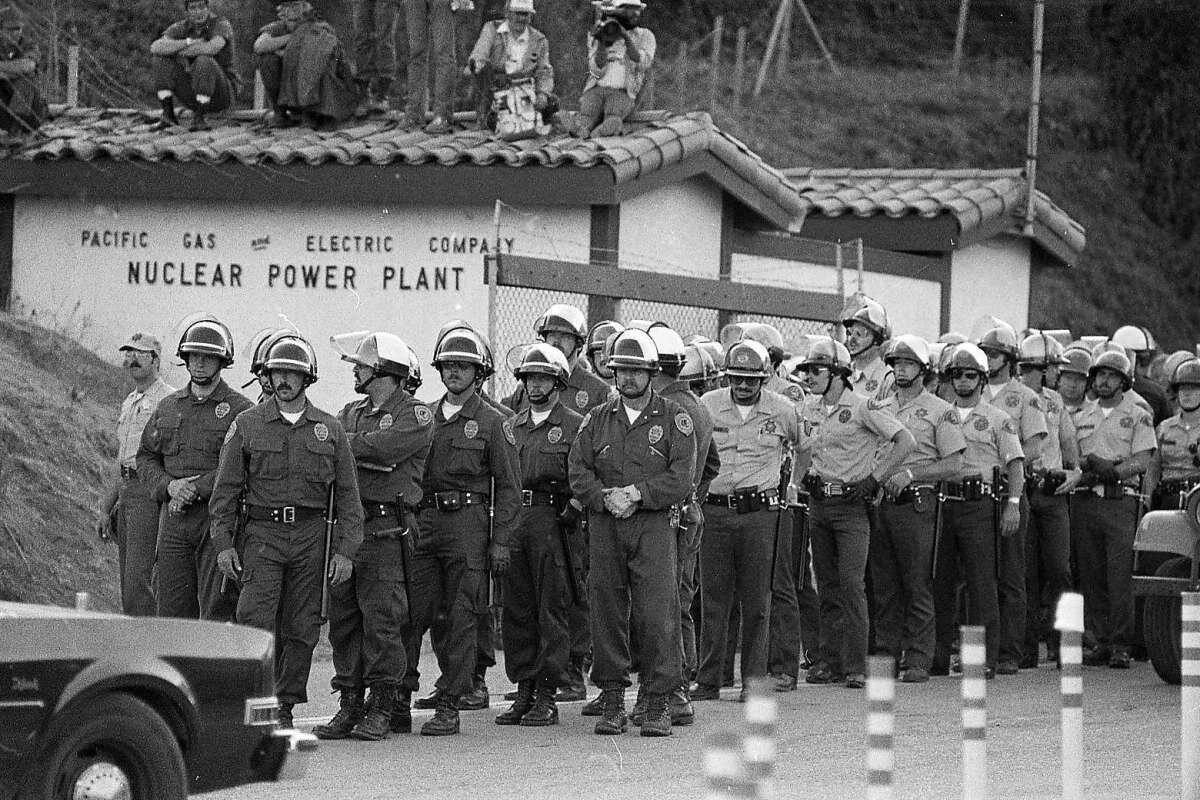


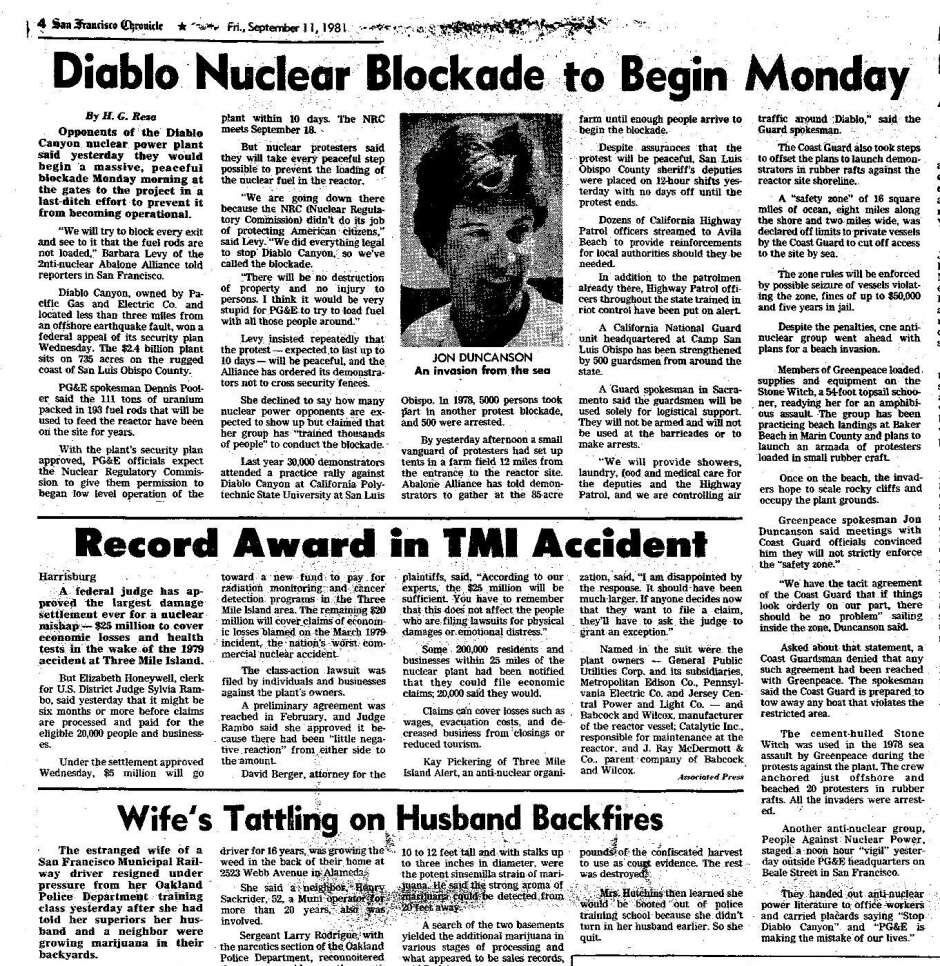
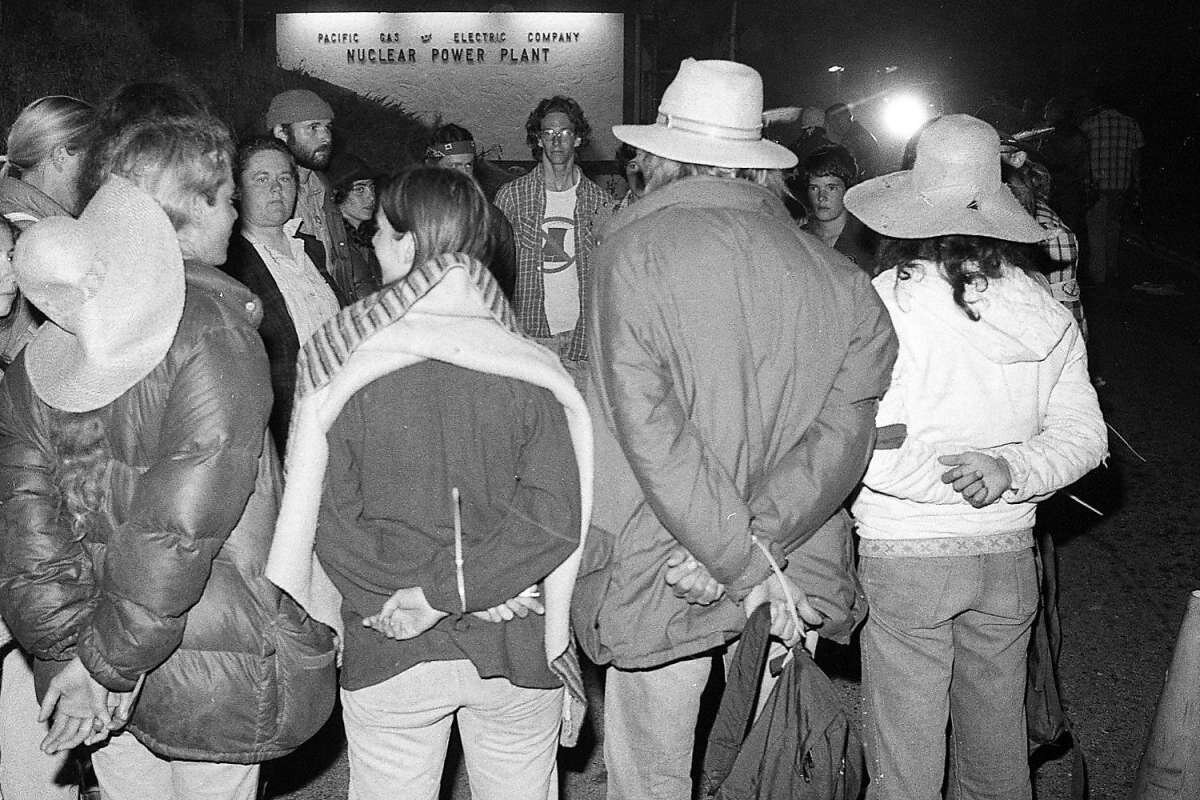
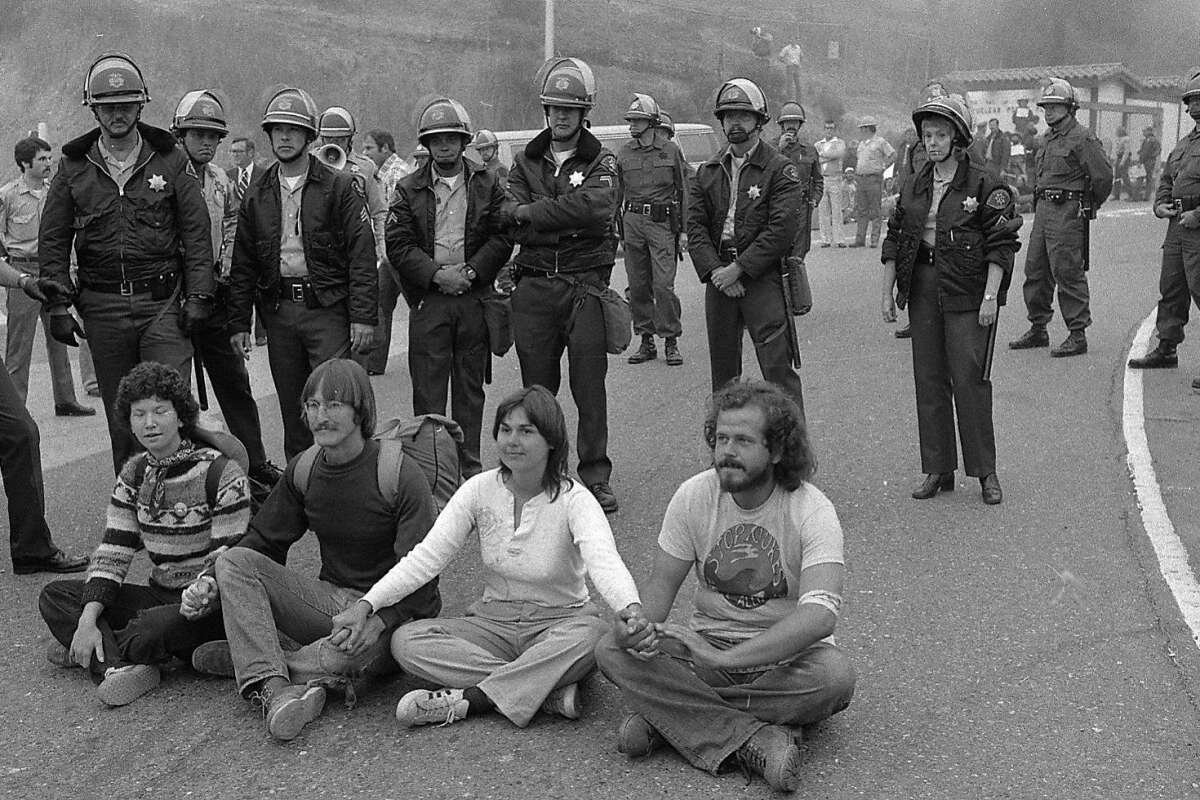
From the beginning, their design and fabrication were one fiasco after another that led to almost 20-years of construction delays, during which portions of one Diablo Canyon reactor were built backward. The two nukes, first designed when I was in high school, were finally started up in 1985 and 1986. To say these atomic reactors are now outmoded is an understatement.
Several years ago, Fairewinds Associates, Inc [the paralegal and expert witness firm that Maggie founded in 2003] was retained by Mothers for Peace in St. Luis Obispo, California, to assess the condition and reliability of the two Diablo Canyon Reactors. Fairewinds’ testimony, which was submitted to the CPUC (California Public Utilities Commission), delineated the daunting unreliability of both PG&E atomic reactors.
In that report, Fairewinds Associates, Inc wrote:
The closure of Diablo Canyon Nuclear Power Plant (“Diablo Canyon”) has been inevitable for years. The degraded condition and economic infeasibility of the Diablo Canyon Units 1 and 2 make it imperative for economic, safety, and environmental reasons that the reactors join the long list of atomic power plants that will permanently close during the next several years. The proposed joint agreement which allows Diablo Canyon Unit 1 to continue to operate until 2024 and Diablo Canyon Unit 2 until 2025 is not substantiated by available engineering and/or economic data produced by Pacific Gas & Electric (“PG&E”) or from published data regarding the operational longevity of any other nuclear power plant operated in the United States. The proposed shutting of the plant in 2024/2025 does not appear to be based on science and technical assessment of the condition of the plant and the best interests of ratepayers, but rather merely because 2024/2025 is the end of the operating license for the plant. The scientific and engineering evidence demonstrates that it is imperative that both PG&E atomic reactors are shut down in 2019. … As atomic power reactors age around the globe, these types of component malfunctions and replacements have proven to be systemic and costly, further reducing the operational reliability of old plants like Diablo Canyon as the cost to ratepayers increases with the continuous maintenance required to operate such an antiquated behemoth. Even in the best case with no serious mechanical failures, aging will inevitably cause increased costs; this technology has repeatedly shown itself to be uneconomical. Mechanical failure is likely and there remains a finite possibility of a serious mechanical failure with a significant release of radiation from the Diablo Canyon atomic power reactors as they age further.
Now, in August 2020, the untimely events at these two 54-year-old Diablo Canyon atomic reactors are proving that the Fairewinds Associates analysis identifying the unreliability and actual danger of continued operation of these two old, poorly maintained, and dysfunctional reactors, was spot-on.
Here are the latest calamities that have occurred at the Diablo Canyon atomic reactors during the last 20 days:
1.) In late July 2020, PG&E noticed that the hydrogen used to cool its electrical generator at Diablo Unit 2 was leaking. Although PG&E has repeatedly claimed that it has a rigorous inspection and maintenance program, its previous inspections failed to identify the mechanical flaws that led to this leak. Therefore, Unit 2 had to shut down for more than one week to avoid a possible catastrophe if the leaking hydrogen ignited. Diablo Canyon Unit 2 finally began operating again on August 3, 2020.
2.) A few days later that week, a staff member at Diablo Canyon Unit 2 noticed water leaking from the Auxiliary Feed Water system (AFW).
The AFW (Auxiliary Feed Water) system is a critical piece of reactor operating equipment, and as a result, is classified by nuclear regulations as safety-related equipment. Think of it this way, the AFW system acts as the brakes to cool the reactor in the event of other mechanical failures.
Did you know that it was the failure of the AFW (Auxiliary Feed Water) system that led to the meltdown at Three Mile Island (TMI) nuclear power plant in Pennsylvania more than 40-years ago?
Despite decades of AFW system inspections at Diablo Canyon Unit 2, PG&E failed to identify the flaw that led to this latest leak and mechanical defect. In nuke industry parlance [what we often call nukespeak], if a pipe leaks that should have been found defective during an inspection, it is called a self-revealing failure.
Initial inspection seems to show that the AFW system had a pipe that has worn out by thinning from the inside out, and thus the pipe wall simply became too thin to hold water.
Imagine the brake fluid leaking and the brakes beginning to fail as you drive your car. Luckily [and just dumb luck], it was not needed at the time to act as a brake on the reactor’s acceleration!
Diablo Canyon Unit 2 replaced the leaking piping and restarted this past week, however, how many other 54-year-old pipes or other mechanical equipment are also near-immediate failures at a reactor too vulnerable from aging defects to keep operating.
3.) The AFW system in Unit 1 is almost identical to the AFW system in Diablo Canyon Unit 2. Waiting until Unit 2 was operating again, PG&E suddenly noticed that the mechanical equipment inspections at Diablo Canyon Unit 1 might have also failed to uncover the same problem that they already discovered and repaired at Diablo Canyon Unit 2.
4.) Does PG&E plan to immediately shut down Unit 1 to perform this critical safety-related inspection? [Remember the brake line on your car.] No… instead, PG&E is requesting a license change from the Nuclear Regulatory Commission (NRC), allowing the corporation to shut off the AFW safety system while this old and deficient reactor keeps operating. Imagine changing the brake pads on your car while driving your vehicle at 60-MPH!
5.) I believe that the NRC should not grant this license change, as it places Californians at greater risk of an atomic reactor meltdown.
In several of our newsletters and blog posts at Fairewinds Energy Education 501(c)3 nonprofit, we have previously discussed PG&E’s mismanagement of these two old and vulnerable nukes.
California’s largest utility, Pacific Gas & Electric (PG&E), has a dubious safety record. PG&E customers have already seen their fair share of environmental threats, mismanagement and costly drama. PG&E has contaminated the groundwater at Hinkley (you remember Erin Brokovich), was on legal probation for killing eight people when one of its gas lines exploded in San Bruno in 2010, and then last year PG&E’s high voltage transmission line likely failed in high winds causing the Camp Fire that killed more than eighty others…. Now PG&E has declared bankruptcy in order to protect itself from more legal claims. And unfortunately, it is also the owner of California’s last nuclear power plant at Diablo Canyon, which is next to the San Andreas Fault. What more could possibly go wrong?
Let’s come back to August 2020. Now, we find California is in the middle of a climate emergency-induced heatwave that has ignited at least 23 forest fires that have forced entire swaths of the state to experience rolling blackouts.
In his third article about California’s latest utility and regulator provoked lack of electricity for the state, The New York Times Los Angeles based journalist Ivan Penn wrote:
“ “Some conservatives have blamed California’s growing reliance on solar and wind power for undermining the reliability of the state’s grid. President Trump said on Twitter that the state’s Democratic leaders had “intentionally implemented rolling blackouts — forcing Americans in the dark.” He added that the Green New Deal, a proposal for 100 percent renewable and zero-emission energy embraced by many liberals, “would take California’s failed policies to every American!”
“But Mr. Berberich [President and CEO of the California ISO (Independent System Operator)] said the reliance on renewables was not a factor because the state was facing such a huge shortfall in generating capacity. “It’s simply a matter of raw capacity.” ” [Emphasis Added]
After blocking rooftop solar on homes and business for years, the condition of PG&E equipment is so bad that this allegedly public utility must rush to get more electricity to the electric grid. Now, PG&E hopes to use public need during a climate crisis as an excuse to receive emergency license changes for inspection requirements for the Diablo Canyon Unit 1 atomic reactor. If granted, this NRC dispensation would allow Unit 1 to run without a critical safety system.
Is this a safe decision for Californians? ––– We know PGE’s failure to inspect pipes and power lines resulted in the San Bruno explosion in 2010 and the Camp Fire destruction of an entire community in 2018. Together these calamities resulted in the deaths of at least 90-people followed by PG&Es’ bankruptcy to avoid its responsibilities.
Once again, the public will be placed at significant risk by PG&E mismanagement if Diablo Canyon Unit 1 does not close for its essential safety inspection.
Will Californians ever be safe from PG&E and its political cronies?
Fairewinds will keep you informed.
Additional Resources:
Poor Planning Left California Short of Electricity in a Heat Wave
By Ivan Penn on August 20, 2020
Fires, Blackouts, a Heat Wave and a Pandemic: California’s ‘Horrible’ Month
By Thomas Fuller on August 19, 2020
California Expresses Frustration as Blackouts Enter 4th Day
By Ivan Penn on August 17, 2020
Rolling Blackouts in California Have Power Experts Stumped
By Ivan Penn on August 16, 2020
Fires are coming. But PG&E and some cities are holding up battery backups
By Sammy Roth on April 29, 2020



